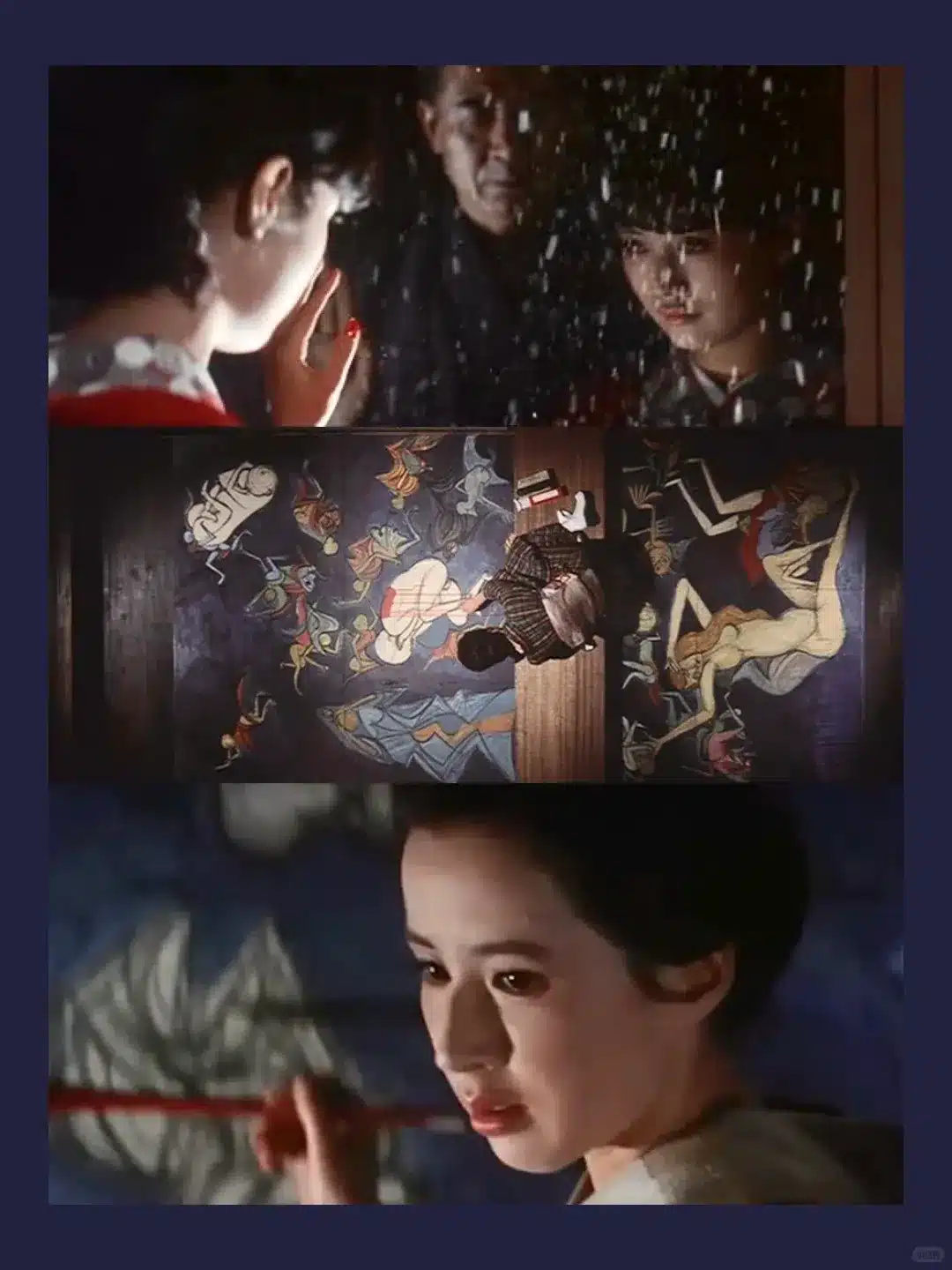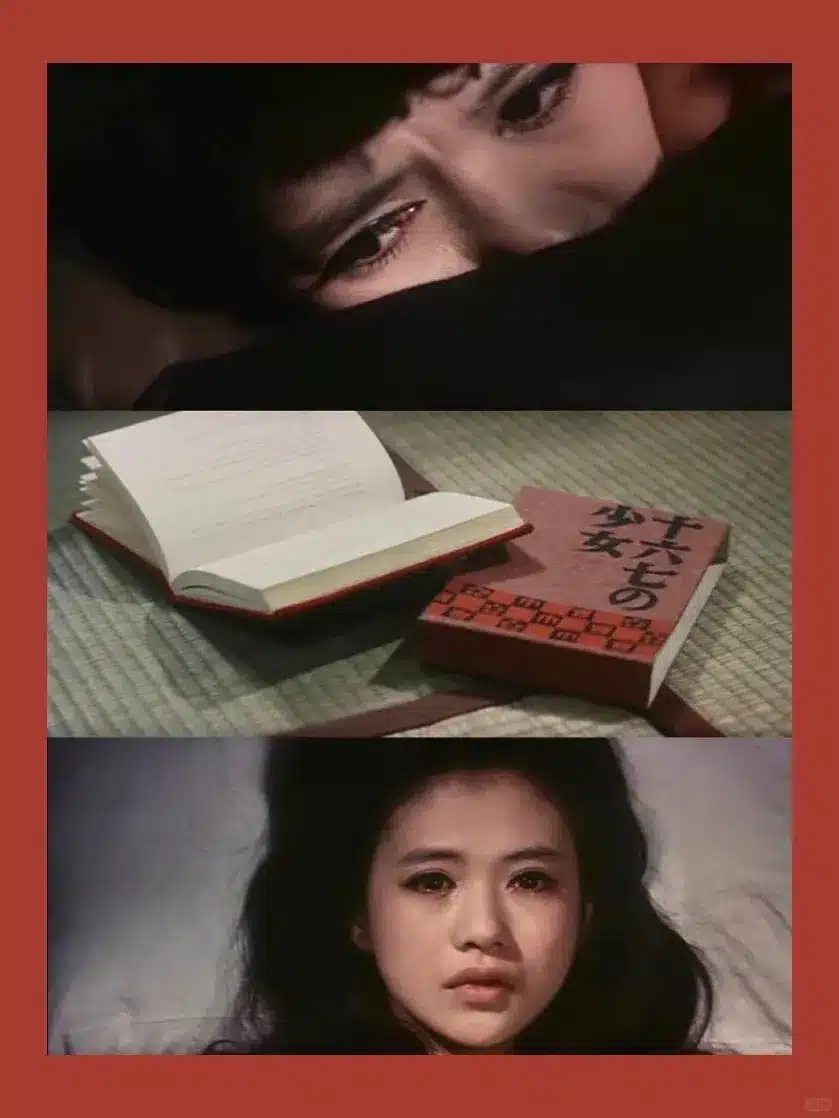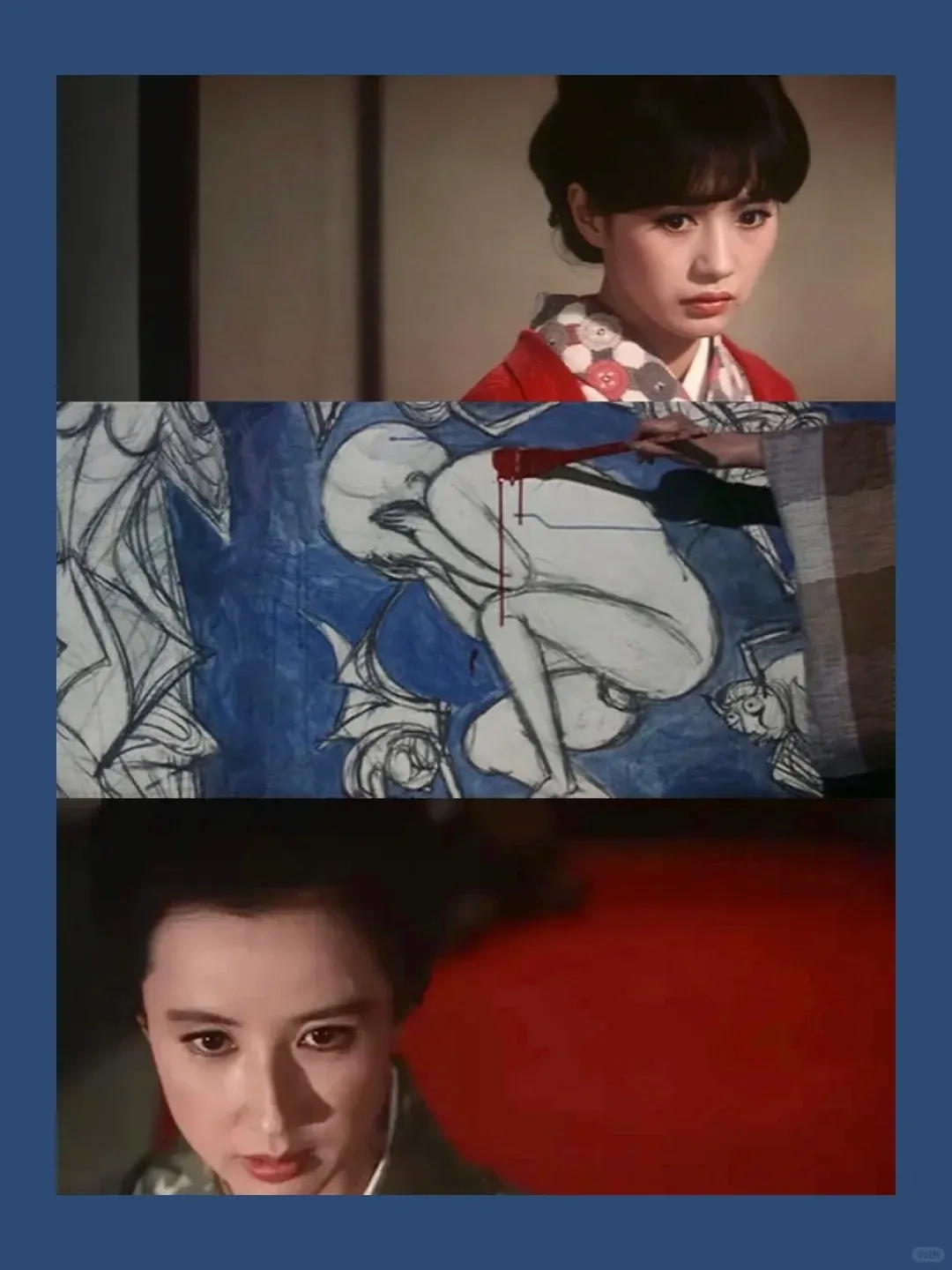With Beauty and Sorrow (美しさと哀しみと) is one of the first Japanese films to show lesbian desire in a way that is both emotionally complex and visually beautiful. The movie, directed by Masahiro Shinoda and based on a novel by Nobel Prize-winning author Yasunari Kawabata, explores the complicated but close relationship between a solitary female artist and her vindictive student-lover. This 1965 masterpiece is still a heartbreaking reminder of the sorrow and beauty of forbidden love, set in the beautiful, traditional Kyoto and the sad, introspective Japan of the postwar years.

Based on the novel by Nobel laureate Yasunari Kawabata, With Beauty and Sorrow (美しさと哀しみと) tells a story of twisted love, vengeance, and haunting obsession. Celebrated female artist Otoko (played by Kaoru Yachigusa) once shared a passionate affair with the now-married author Ueno. Years later, Otoko’s young student and lover Keiko (Mariko Kaga), burning with jealousy, decides to seduce both Ueno and his son as a way to exact revenge. But her passion blurs into madness, and the boundaries between love, hatred, and destruction begin to collapse.


A refined artist, wounded by past love, who now channels her sorrow into painting and teaching.
Kaoru Yachigusa (八千草薫)
Kaoru Yachigusa was a revered figure in postwar Japanese cinema, known for her grace and emotional subtlety. In this film, she embodies the tragic beauty of repressed desire.

Otoko’s student and lover, young, jealous, and brimming with vengeful energy.
Mariko Kaga (加賀まりこ)
Mariko Kaga’s portrayal of Keiko is fierce and unforgettable. Her performance captures the contradictions of innocence and fury, love and destruction.
Director

Masahiro Shinoda (篠田正浩)
A leading figure in the Japanese New Wave, Shinoda is known for his stylistic innovation and literary adaptations. In With Beauty and Sorrow, he explores the fusion of abstract artistic expression with classical Japanese aesthetics. The result is a film that feels both emotionally raw and formally restrained.
MOVIE HIGHLIGHT
Based on Kawabata’s novel, blending literary depth with bold female perspectives
A rare early depiction of queer female relationships in postwar Japan
Juxtaposition of serene visuals and emotional chaos—snow, temples, graves, silence
Keiko’s twisted rebellion against male power and her tragic devotion to Otoko
With Beauty and Sorrow Review
Review




This is a film that burns quietly, yet intensely—like incense smoke in a Kyoto shrine. What struck me most was how the director Masahiro Shinoda infused Kawabata’s poetic restraint with intense eroticism and psychological weight. It’s not just a lesbian film; it’s a meditation on the emotional cost of beauty, memory, and unspoken grief.
Keiko’s madness isn’t without cause. She exists in a world where women are still defined by the men they orbit. Her decision to destroy Ueno is not only revenge for Otoko but a desperate bid for her own recognition. The cinematography—stark interiors, seasonal decay, and traditional architecture—echoes the emotional turmoil beneath the surface. I found the final act, with snow falling and the tolling New Year bells, to be heartbreakingly sublime.
Otoko is elegance repressed. Keiko is fire unrestrained. And together they embody the film’s central paradox: beauty that devastates, sorrow that redeems.
With Beauty and Sorrow Information
Awards & Recognition
Asia-Pacific Film Festival (1966)
🎖 Best Supporting Actress — Mariko Kaga
